Storm No. 3 (Wipha) caused flooding in many areas in the North Central region, especially in Nghe An, causing people to be exposed to dirty water and prolonged humidity. These are ideal conditions for skin diseases to arise, including diseases that, if not treated properly, can lead to serious complications.
MSc. Dr. Nguyen Tien Thanh, member of the Vietnam Dermatology Association, warned: "Not only causing itching or common rashes, skin diseases after storms and floods can progress to infections, even sepsis if people are subjective or arbitrarily use drugs incorrectly."
According to Dr. Tien Thanh, below are some common skin diseases after storms and floods that need attention:
Contact dermatitis
Soaking in flood water for a long time weakens the skin's protective layer. Irritants and allergens easily penetrate, causing contact dermatitis.
According to Dr. Thanh, the disease is often manifested by red rash, blisters, burning sensation, itching and pain in the exposed skin area. Patients should avoid irritants, keep the skin dry and can use creams containing mild corticosteroids or oral antihistamines to reduce inflammation.
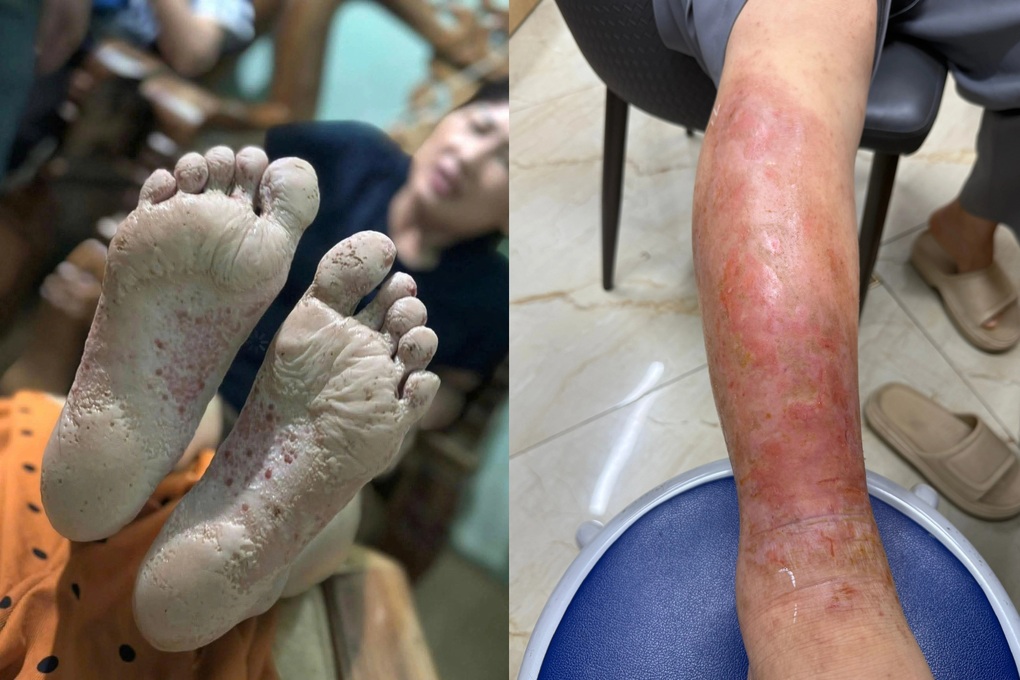
Some typical skin conditions after storms and floods (Photo: Doctor provided).
Mushroom
Ringworm is a common disease after storms, especially in the feet, groin, armpits, and back.
“A common mistake is that many people arbitrarily apply corticosteroids, causing the fungal lesions to be temporarily covered, but then spread quickly, deeply, and become more difficult to treat,” Dr. Thanh warned.
Common symptoms include red, itchy, scaly skin and small blisters. People should use topical antifungal medications and avoid combining medications without a specialist's prescription.
Skin infection from small scratches
During the cleanup after the storm, people are susceptible to skin injuries due to impact and falls. When exposed to dirty water, bacteria can enter and cause infections, notably cellulitis, necrosis, or more seriously, sepsis.
To limit complications, Dr. Thanh recommends washing the wound with clean water or saline, applying antibiotic ointment such as mupirocin, and closely monitoring for signs of infection such as swelling, fever, spreading pain, etc.
Insect bites
The post-storm environment is a favorable condition for mosquitoes, ants, fleas, bedbugs, etc. to breed. Bites not only cause itching but also pose a risk of allergies or infection.
People should clean the bite, limit scratching, apply corticosteroids and take antihistamines to reduce itching. If there are signs of widespread pain, swelling, pus or swollen lymph nodes, they should go to a medical facility for examination.
What to do to prevent skin diseases after storms and floods?
According to Dr. Thanh, maintaining personal hygiene and living environment after a storm is a key factor in preventing skin diseases.
“Our skin is like a piece of armor. After a storm, polluted environment, high humidity, unclean water... are all factors that can break down that 'armor',” Dr. Thanh said.
This expert recommends: “After contact with flood water, people should quickly bathe with clean water, dry their whole body, especially the intertriginous areas. Do not let damp clothes and shoes stay in contact with the skin for a long time because that is the ideal condition for fungus to grow.
In addition, absolutely do not arbitrarily apply strong corticosteroids when the disease is not clear, because this medicine can cause the damage to spread, hide the real symptoms, making treatment more difficult."
Not all skin lesions can be treated at home. According to Dr. Thanh, if the itching does not stop after 3-5 days, the wound is swollen, red, has pus, discharge, has a foul odor or is accompanied by fever and fatigue, people should see a doctor immediately. This could be a sign of cellulitis, necrosis or a systemic infection.
“I have seen patients who were subjective with a small itchy spot, applied the wrong medicine, and a few days later had to be hospitalized because the infection spread quickly. In the post-storm environment, subjectivity is very dangerous,” Dr. Thanh emphasized.
Source: https://dantri.com.vn/suc-khoe/can-trong-voi-benh-vung-lu-mot-vet-ngua-nho-co-the-thanh-o-nhiem-trung-20250728063032497.htm







![[Photo] General Secretary To Lam receives the Director of the Academy of Public Administration and National Economy under the President of the Russian Federation](/_next/image?url=https%3A%2F%2Fvphoto.vietnam.vn%2Fthumb%2F1200x675%2Fvietnam%2Fresource%2FIMAGE%2F2025%2F12%2F08%2F1765200203892_a1-bnd-0933-4198-jpg.webp&w=3840&q=75)








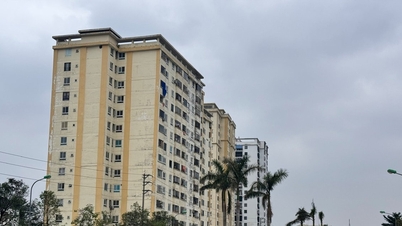




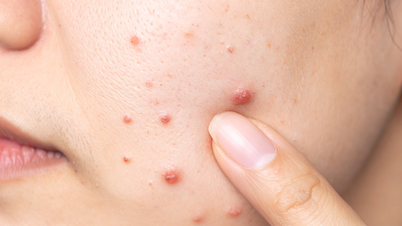
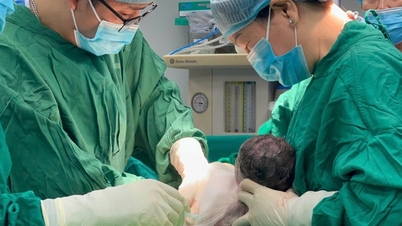
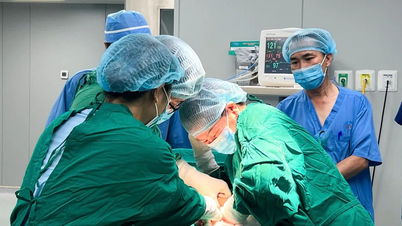

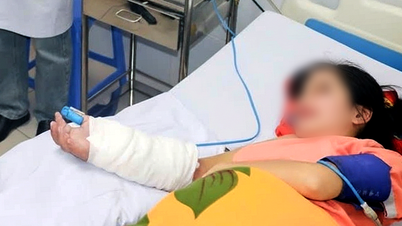












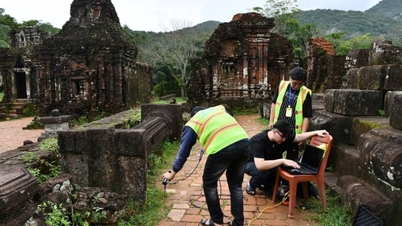






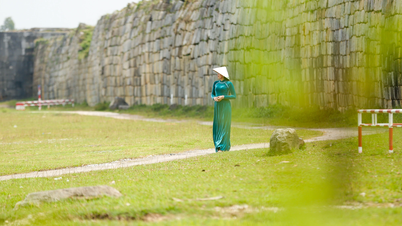





































































Comment (0)